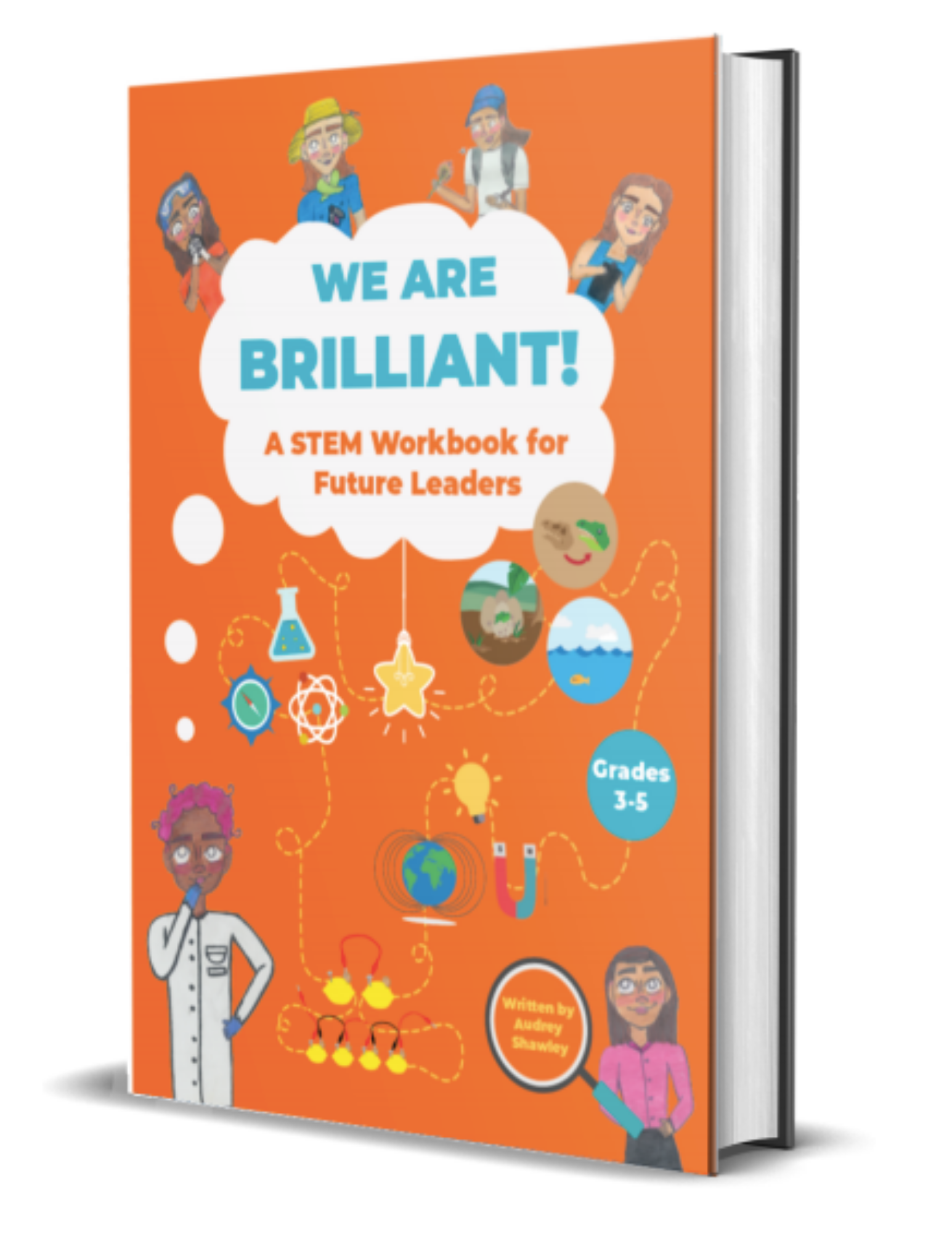This experiment explores the famous Monty Hall problem, which shows that the probability of something happening isn’t always what it seems! To show this, we’ll play a fun, tasty game using cups and candy.
MATERIALS:
Candy, such as m&m’s
3 opaque cups
Print-out of chart attached here, or a piece of paper to copy it on
Pencil
TIME ESTIMATED:
15 minutes
DIRECTIONS:
Line up the three cups so they are upside down.
Close your eyes and have somebody place an m&m underneath one of the cups. No peeking!
Now open your eyes and pick which cup you think the m&m is under.
Next, the person who placed the m&m will lift up 1 of the remaining 2 cups that doesn’t have an m&m underneath.
Now you have the option to either keep your current cup or switch to the one that wasn’t flipped over. Which do you choose?
Lift up your cup and see what you got!
Fill out the attached chart as you repeat steps 1-6. The more you do it, the better your probability calculations get!
Are you more likely to pick the cup with the m&m when you switch cups or keep your first choice?
Think LIke a Scientist!
Why does switching cups change the odds of picking the right one?
HOW DOES IT WORK?
In this experiment, we tested the famous Monty Hall problem! Imagine you're on a game show with three doors. Behind one door, there's a prize like a toy or a trip, and behind the other two doors, there's something less exciting, like socks. Let’s say you choose Door A. After this, the game show host (who knows what's behind each door) opens another door to reveal something boring, like socks. Now, you have a choice: stick with your original door or switch to the remaining unopened door. Surprisingly, you have a better chance of winning the prize if you switch doors! This is because you have a ⅓ chance of picking the correct door the first time. This means the other 2 doors have a ⅔ chance of containing the prize. Here’s the tricky part: once the host shows you that 1 of those 2 remaining doors has socks behind it, the ⅔ probability gets lumped onto the 1 remaining door they didn’t open. This means your first choice has a ⅓ odds of being right, but if you switch , you have a ⅔ chance of picking the correct door!
Further exploration:
The Monty Hall problem explores topics in probability and statistics, which scientists use to make predictions and model data. For example, population health scientists study the health of different populations and learn ways they can make improvements. When they study the population, scientists rely on statistics and probability because they can’t study every person! However, as they analyze more data, their predictions become better and their probability calculations get more accurate— just like in our experiment!
Looking for more fun at-home STEM activities for your young scientist? Check out our workbook full of exciting science experiments and empowering activities!
Learn more and purchase today!


